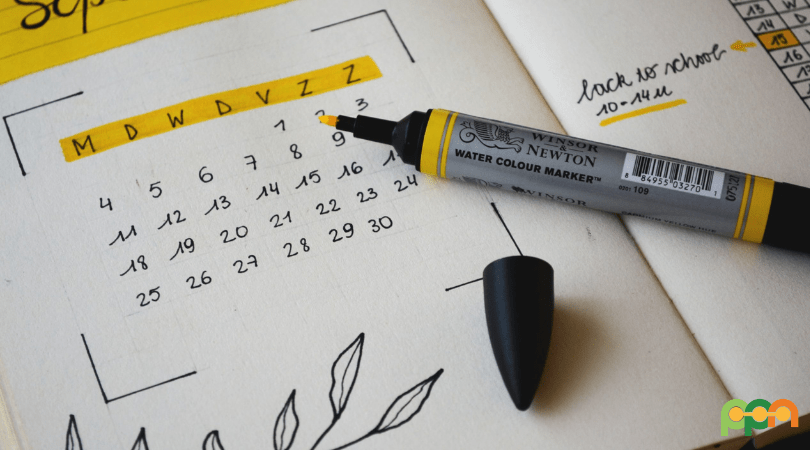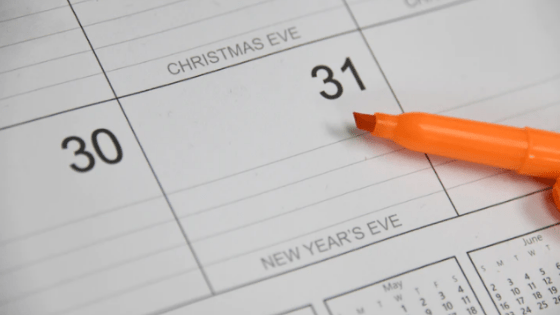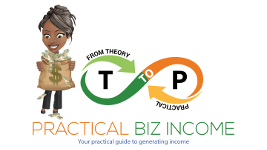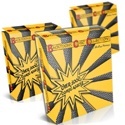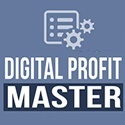Congratulations on getting your new blog up and published. But there’s more you still have to consider. You’ll need to answer questions like what are you going to write about and when you plan to publish them. Managing your new blog’s content and schedule will require you to create a content calendar for the next six to twelve months. You don’t want to blog randomly without any intention. You want to blog with a purpose.
The following guide will help you through the planning process.
Define Your “WHY?”
Before you can begin to create your calendar you need to determine the goal you hope to achieve. Think about WHY it is that you are blogging.
The following are some reasons you may have started your blog:
- Generate repeat sales.
- Create first-time buyers for your own offers.
- Sell advertising.
- Generate affiliate sales.
- Build your list and generate leads.
- Build your brand recognition.
- Establish yourself as an expert.
- Encourage readers to share your content.
- Get visitors to your offline location.
- Grow your relationships with contacts.
Of course, you may want your blog to accomplish several of those goals listed above. But you need to select one primary goal that you want to focus on. Now create your content calendar keeping that single focus in mind to achieve that goal.
Visit Hubspot for free calendar templates.
Outline Important Dates
The next step is to outline important upcoming dates and how they can influence your content schedule. You will want to plan out your product launches or re-releases. Usually, your blog content will center around your product in the week or two before your launch. The content you use in the month preceding the launch will be strongly related to your product. For example, if the product is about search engine optimization then during the month before the launch you might start sharing content such as headline templates and tips on using keywords.
Write down a list of your partners’ product launches that are coming up. Do the same for your own products and plan your content based on the upcoming promotions leading up to and during the launch week.
Detail out upcoming sales events that are planned as well. Be sure to note any upcoming events such as contests and include the length of time it will last.
You’ll want to also make notes of any other specific dates you want to observe such as holidays and maybe your business anniversary.
Time periods should be noted that are relevant to your niche. For example, if your niche is related to weight loss, you want to create special content around the new year regarding resolutions and the summer for getting your body ready for the beach.
When you are planning your topics out during special time periods be sure that you include how many posts you’d like to devote to these topics. As you define and plan these events include how much content you want to post and when.
Using Day-Specific Posts
Think about how often you want to post each week and what types of day-specific posts you want to publish on an ongoing basis. The following are some examples for you to consider:
- Guest Post Mondays
- Tuesday Tips
- Expert Wednesdays
- Throwback Thursdays
- Featured Products Fridays
Those are some ideas to get you thinking about possible options. You may decide to select specific posts for each day of the week or you may choose to offer just one feature per week.
Organizing Your Calendar
Start by filling in the hard dates first like posts for product launches and other events.
Next, fill in your more flexible dated posts such as posts you want during specific seasons.
Then fill in your day-specific posts followed by any other posts not mentioned that you want to include.
By this point your content calendar is full. The last step is going back into these dates and detail out the exact topics and type of content you plan to post. Be specific and be sure that each piece of content helps you achieve your overall blog goal.
Successful bloggers plan out their content calendar. You can use these steps to do the same thing. It not only saves you time but ensures that you keep your posts focused on achieving your goals.
In case you missed it, see our previous post for helpful advice on how to keep your readers coming back for more,
The Secrets of Creating a Captivating Blog
